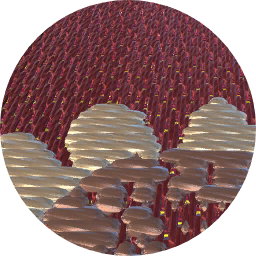Description
Unique
Carved wooden marionette from the Tiller troupe. Stock character representing a fresh-faced young man. Made by the Tiller family circa 1870 to 1890, but re-dressed possibly in the 1950s.
Carved wooden marionette; a fresh-faced young man wearing red and white checked waistcoat and trousers with a russet synthetic silk bow tie and dicky, black cotton cord jacket with buttons made from old beads, and a black knitted scarf. These are not original clothes and indicate that this marionette was possibly re-dressed in the 1950s. He has carved hair and an ivory, black, red and white painted face and eyes with black dots for pupils.
There is a small staple in the back of his head for tilt motion and his right hand is shaped to hold a prop while his left hand is open for gesture. Wooden yoke and pelvis of the 'flat' Tiller design, with a heavily stuffed torso, possibly with straw. The body was probably re-covered in the 1950s. There are leather thigh joints over metal staples (replacements) and a string between his shoulders. The ankle joint has a metal strip; the knee is a carved wooden joint with a nail through it and the upper legs have tongues which slot into the lower legs.
Two control bars; bar one for the leg strings. Bar two for the head string, hand strings, and the back string. A modern screw eye has been added to one bar.
This is one of 35 marionettes known as of the Tiller-Clowes troupe, one of the last remaining Victorian marionette troupes in England. Marionette shows were a popular form of entertainment for adults in the 19th century. Many troupes were family concerns which travelled round the country long before the advent of film or television, presenting shortened versions of London's latest popular entertainment including melodramas, dramas, pantomimes, minstrel shows and music hall. In the 18th and early 19th centuries their theatres were relatively makeshift, but after about 1860 many became considerably elaborate, with walls constructed from wooden shutters, seating made from tiered planks of wood, and canvas roofs.
The figures were carved, painted, dressed and performed by members of the company. This is a fresh-faced young man who would have been a stock character, used in any play requiring such a role. His right hand is carved closed to hold props, the other shaped for gesture.






